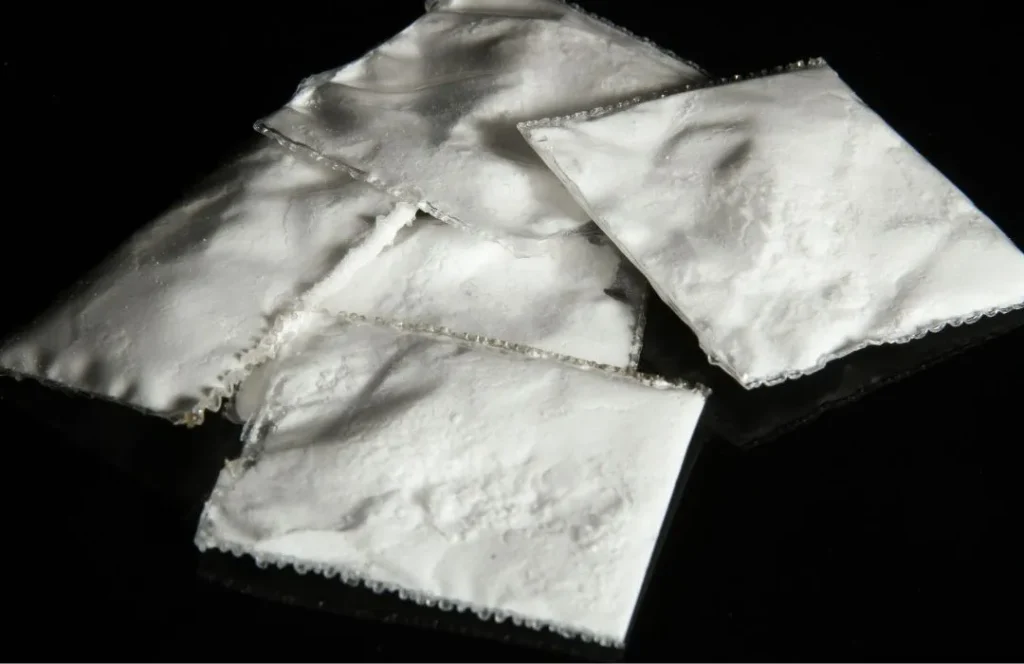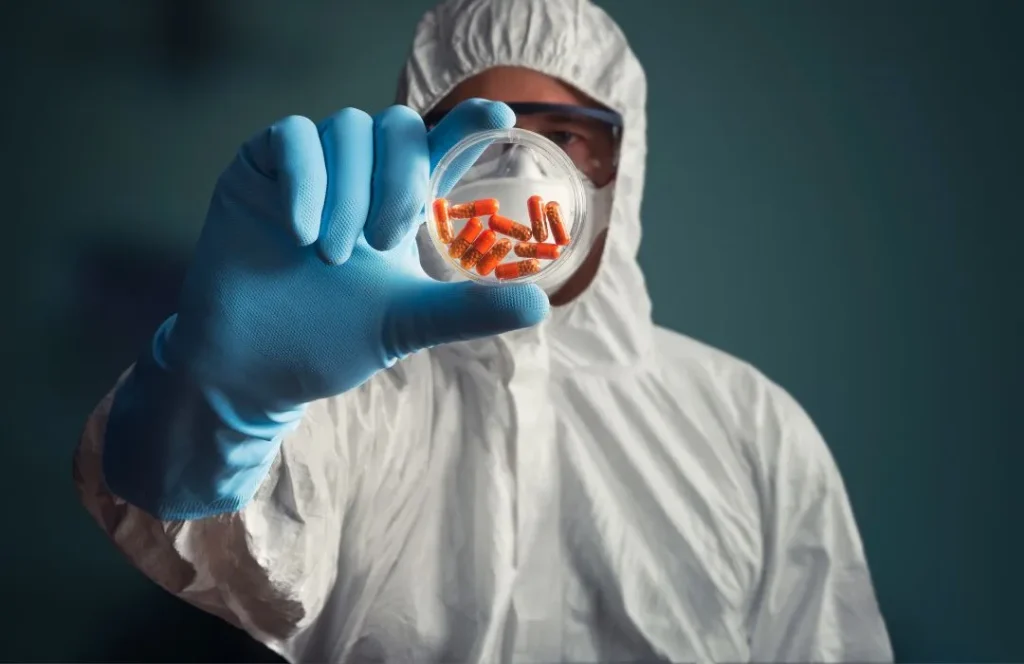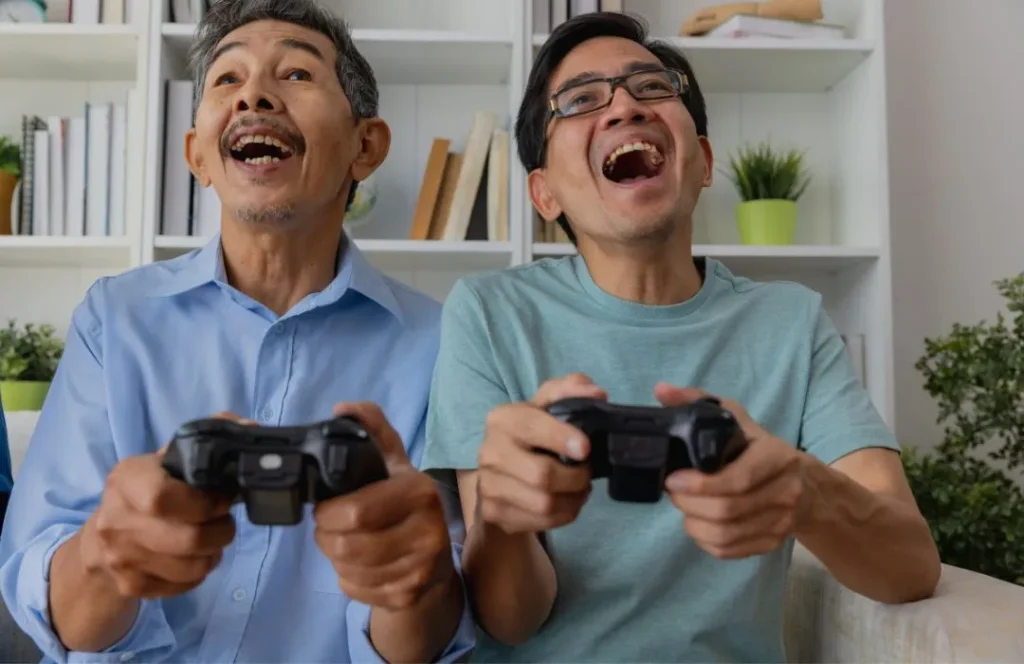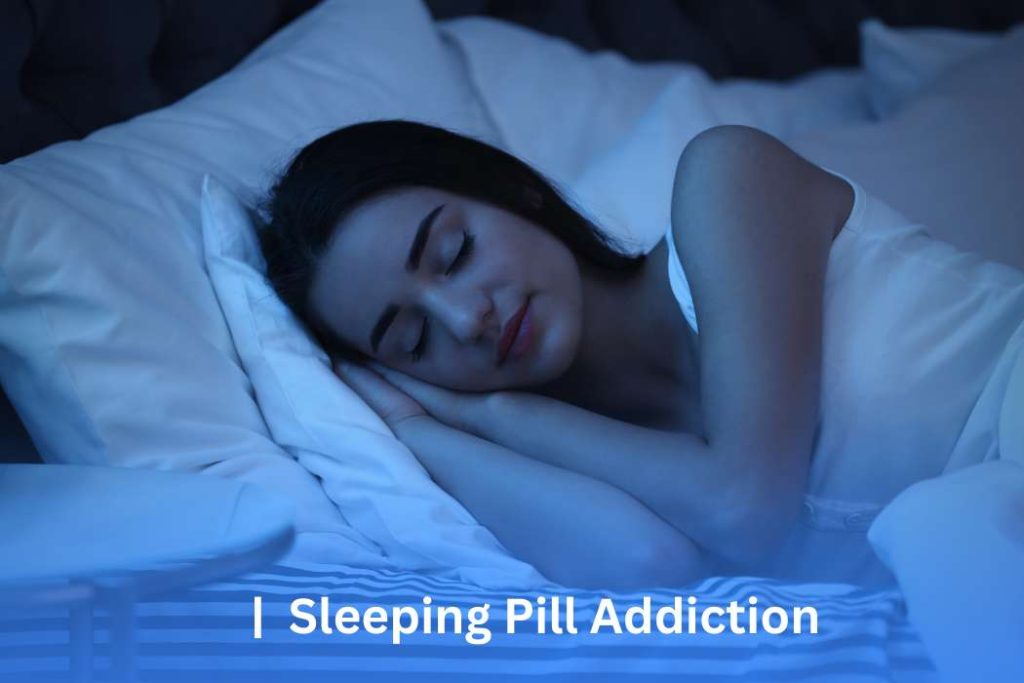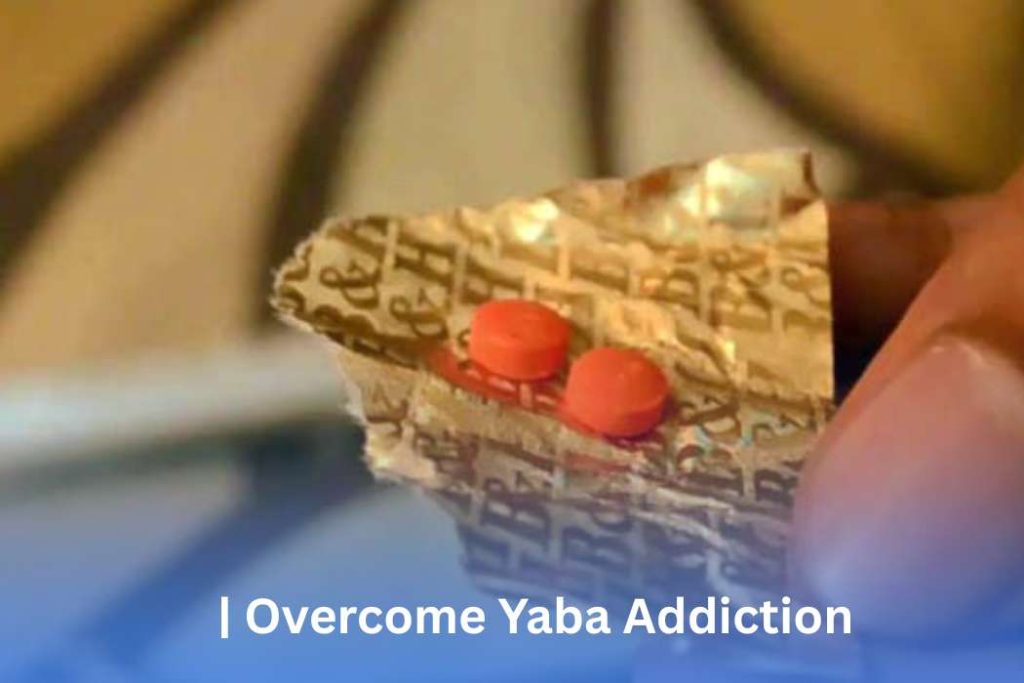মাদক নিরাময় প্রক্রিয়া: ধাপ ও পদ্ধতি
মাদক নিরাময় প্রক্রিয়া কেন গুরুত্বপূর্ণ? মাদকাসক্তি একটি গুরুতর এবং বহুমাত্রিক সমস্যা যা একজন ব্যক্তির শারীরিক, মানসিক ও সামাজিক জীবনে ব্যাপক নেতিবাচক প্রভাব ফেলে। এই সমস্যা শুধু ব্যক্তি নয়, পরিবার, সমাজ এবং দেশের ওপরও বিরূপ প্রভাব ফেলে। তাই মাদক নিরাময় প্রক্রিয়া অত্যন্ত গুরুত্বপূর্ণ ও সময়োপযোগী একটি পদক্ষেপ। এটি একজন আসক্তকে মাদক থেকে মুক্ত করে তার জীবনকে সুস্থ, স্বাভাবিক এবং গঠনমূলক পথে ফিরিয়ে নিয়ে আসে। রিহ্যাব সেবার জন্য ফ্রি কনসালটেশন নিতে আমাদের সাথে যোগাযোগ করুন: কল করুন: +88 01716623665 মাদক নিরাময় প্রক্রিয়ার ধাপ প্রাথমিক মূল্যায়ন মাদক নিরাময় প্রক্রিয়ার প্রথম ও অত্যন্ত গুরুত্বপূর্ণ ধাপ হলো প্রাথমিক মূল্যায়ন। এটি একটি পুঙ্খানুপুঙ্খ বিশ্লেষণ যেখানে চিকিৎসক, মনোরোগ বিশেষজ্ঞ বা অভিজ্ঞ কাউন্সেলর মিলে রোগীর শারীরিক ও মানসিক অবস্থা পর্যবেক্ষণ করেন। মূল উদ্দেশ্য হলো রোগীর আসক্তির ধরণ, গভীরতা, ও ব্যক্তিগত পরিস্থিতি নির্ণয় করা। এই ধাপে যা যা করা হয়: ইতিহাস গ্রহণ: রোগীর মাদক গ্রহণের ধরন, সময়কাল, ঘনত্ব, এবং ব্যবহৃত মাদকের নাম বা ধরন সম্পর্কে বিশদ তথ্য সংগ্রহ করা হয়। শারীরিক পরীক্ষার মাধ্যমে: শরীরের বর্তমান অবস্থা যেমন লিভার, কিডনি, হৃদযন্ত্র, স্নায়ুতন্ত্র ইত্যাদির অবস্থা মূল্যায়ন করা হয়। মানসিক অবস্থা যাচাই: রোগী কি ডিপ্রেশন, উদ্বেগ, স্কিজোফ্রেনিয়া বা বাইপোলার ডিসঅর্ডারে ভুগছেন কিনা তা নির্ণয় করা হয়। পরিবার ও সামাজিক প্রেক্ষাপট মূল্যায়ন: রোগীর পারিবারিক পরিবেশ, আর্থিক অবস্থা, বন্ধুবান্ধব এবং কর্মক্ষেত্র সম্পর্কেও তথ্য নেওয়া হয়। মূল লক্ষ্য: সঠিক ও কার্যকর থেরাপি পরিকল্পনা তৈরি ব্যক্তিকেন্দ্রিক চিকিৎসা পদ্ধতি নির্ধারণ রিল্যাপ্স প্রতিরোধে ঝুঁকি বিশ্লেষণ ডিটক্সিফিকেশন (Detoxification) ডিটক্সিফিকেশন হলো সেই ধাপ যেখানে রোগীর শরীর থেকে মাদকের ক্ষতিকর উপাদান অপসারণ করা হয়। এটি একটি মেডিকেল সুপারভিশনের অধীনে পরিচালিত হয়, কারণ মাদকের হঠাৎ বন্ধ করার ফলে শরীর ও মন নানা ধরনের প্রতিক্রিয়া দেখাতে পারে, যাকে বলে ‘উইথড্রয়াল সিম্পটম’। উইথড্রয়াল উপসর্গসমূহ: মানসিক: উদ্বেগ, অবসাদ, আত্মহত্যার চিন্তা, বিভ্রান্তি শারীরিক: জ্বর, ঠান্ডা, পেশীর ব্যথা, ঘাম, কাঁপুনি নিদ্রাহীনতা ও খিদে কমে যাওয়া ডিটক্সিফিকেশন-এর ধাপসমূহ: মেডিক্যাল পর্যবেক্ষণ: ২৪ ঘণ্টা নজরদারিতে রাখা হয় যাতে কোনো জটিলতা দেখা দিলে সঙ্গে সঙ্গে চিকিৎসা দেওয়া যায়। ওষুধ প্রয়োগ: মেথাডোন, বুপ্রেনোর্ফিন বা অন্যান্য সাপোর্টিভ মেডিসিন ব্যবহৃত হয় যাতে উইথড্রয়াল উপসর্গ কমানো যায়। হাইড্রেশন ও পুষ্টি: শরীরকে পুনর্জীবিত করতে প্রচুর পানি ও পুষ্টিকর খাবার সরবরাহ করা হয়। মানসিক সহায়তা: থেরাপিস্ট বা কাউন্সেলর প্রাথমিকভাবে রোগীকে মানসিক স্থিতিশীলতার দিকে নিয়ে যান। এই ধাপ কেন গুরুত্বপূর্ণ? এটি আসক্তির শারীরিক দিককে মোকাবেলা করে মস্তিষ্কের স্বাভাবিক কার্যকারিতা পুনরুদ্ধারে সহায়তা করে পরবর্তী থেরাপি গ্রহণের জন্য রোগীকে মানসিকভাবে প্রস্তুত করে পুনর্বাসন (Rehabilitation): নতুন জীবনের প্রস্তুতি ডিটক্সিফিকেশনের পর সবচেয়ে গুরুত্বপূর্ণ ধাপ হলো পুনর্বাসন, যেখানে রোগীর মানসিক ও সামাজিক পুনর্গঠন হয়। এই ধাপে আসক্ত ব্যক্তিকে থেরাপি, কাউন্সেলিং এবং দৈনন্দিন জীবন পরিচালনার দক্ষতা শেখানো হয়, যাতে তিনি নতুনভাবে মাদকমুক্ত জীবন শুরু করতে পারেন। পুনর্বাসনের প্রধান কার্যক্রম একক থেরাপি (Individual Therapy): একজন থেরাপিস্ট ব্যক্তিগতভাবে রোগীর আবেগ, মানসিক অবস্থা, হতাশা, ভয় ইত্যাদি নিয়ে কাজ করেন। কগনিটিভ বিহেভিয়ারাল থেরাপি (CBT) এবং ডায়ালেক্টিক বিহেভিয়ারাল থেরাপি (DBT) এখানে প্রয়োগ করা হয়। গোষ্ঠী থেরাপি (Group Therapy): একই ধরনের অভিজ্ঞতাসম্পন্ন রোগীদের একত্রে এনে আলোচনা ও অনুভূতির ভাগাভাগি করা হয়। এটি আত্মবিশ্বাস বাড়াতে ও একাকীত্ব কাটাতে সহায়ক। সামাজিক দক্ষতা উন্নয়ন (Social Skill Development): যোগাযোগ দক্ষতা ক্রোধ নিয়ন্ত্রণ চাপ মোকাবেলার কৌশল সময় ব্যবস্থাপনা কর্মমুখী প্রশিক্ষণ: অনেক সময় পুনর্বাসন কেন্দ্রে রোগীদের জন্য পেশাগত প্রশিক্ষণ বা শিক্ষা কার্যক্রম চালু থাকে, যাতে তারা স্বাবলম্বী হতে পারে। এই ধাপের উদ্দেশ্য মাদক থেকে দূরে থাকার মানসিক সক্ষমতা তৈরি ব্যক্তিগত লক্ষ্য স্থির করে জীবন পুনর্গঠন রিল্যাপ্স প্রতিরোধে সহায়তা মাদক নিরাময়ে থেরাপি ও কাউন্সেলিং মাদক নিরাময়ের ক্ষেত্রে শুধুমাত্র ওষুধ নির্ভর চিকিৎসা যথেষ্ট নয়। একজন আসক্ত ব্যক্তির মানসিক, আবেগগত ও আচরণগত পরিবর্তন আনাই প্রকৃত নিরাময়ের মূল চাবিকাঠি। এজন্য থেরাপি ও কাউন্সেলিং বিশেষ ভূমিকা পালন করে। নিচে উল্লেখযোগ্য কিছু থেরাপি পদ্ধতি তুলে ধরা হলো: কগনিটিভ বিহেভিয়ারাল থেরাপি (CBT) CBT একটি বৈজ্ঞানিক পদ্ধতিভিত্তিক থেরাপি, যেখানে রোগীর অযৌক্তিক ও নেতিবাচক চিন্তাভাবনার ধরনগুলো চিহ্নিত করে সেগুলোকে বাস্তববাদী ও গঠনমূলক চিন্তায় রূপান্তরিত করা হয়। CBT-এর মূল লক্ষ্য মাদক গ্রহণকে ট্রিগার করে এমন চিন্তা ও আচরণ শনাক্ত করা সেই চিন্তাগুলো মোকাবেলার জন্য বিকল্প উপায় শেখানো আত্মবিশ্বাস ও সমস্যা সমাধানের দক্ষতা বৃদ্ধি করা উদাহরণস্বরূপ: যদি কোনো রোগী মানসিক চাপ বা একাকীত্বের কারণে মাদক নেন, তাহলে থেরাপিস্ট তাকে বিকল্প চর্চা বা আত্মনিয়ন্ত্রণ কৌশল শেখান। ডায়ালেক্টিক বিহেভিয়ারাল থেরাপি (DBT) DBT মূলত আবেগ নিয়ন্ত্রণ ও মানসিক স্থিতিশীলতা বৃদ্ধিতে সাহায্য করে। এটি বিশেষ করে তাদের জন্য উপযোগী যাদের মধ্যে আত্ম-আঘাত বা আত্মহত্যার প্রবণতা রয়েছে অথবা যারা অতিরিক্ত আবেগপ্রবণ। DBT কী শেখায়: মানসিক চাপ মোকাবেলার দক্ষতা আবেগ নিয়ন্ত্রণের কৌশল সম্পর্ক উন্নয়ন ও আত্মসচেতনতা বৃদ্ধি DBT-এর ফলে রোগী শেখেন কীভাবে তাৎক্ষণিক আবেগে পরিচালিত হয়ে মাদক গ্রহণ না করে বিকল্প ইতিবাচক প্রতিক্রিয়া দেখাতে হয়। গোষ্ঠী থেরাপি: একে অপরের সাথে শেখা গোষ্ঠী থেরাপিতে একাধিক রোগী একত্রে অংশগ্রহণ করে একটি প্রশিক্ষিত কাউন্সেলরের নেতৃত্বে। এটি রোগীদের মধ্যে একটি সহানুভূতির পরিবেশ তৈরি করে। গোষ্ঠী থেরাপির উপকারিতা: একাকীত্ব দূর হয় একই রকম অভিজ্ঞতা থাকা মানুষের সাথে সম্পর্ক গড়ে উঠে পরস্পরের সাফল্য দেখে অনুপ্রাণিত হওয়া যায় সামাজিক দক্ষতা বৃদ্ধি পায় গোষ্ঠী থেরাপি বিশেষভাবে কার্যকর যখন পরিবার বা সমাজ থেকে বিচ্ছিন্ন কেউ নিজের অভিজ্ঞতা ও অনুভূতি ভাগ করে নিয়ে হালকা হতে পারেন। সমর্থন গোষ্ঠী: একাকীত্ব দূর করে, আশা জাগায় মাদক নিরাময়ের পর রোগীর সবচেয়ে বড় চ্যালেঞ্জ হলো “পুনরায় আসক্ত হওয়া”। এই দীর্ঘ পথচলায় সমর্থন গোষ্ঠী বা সাপোর্ট গ্রুপ অত্যন্ত কার্যকর ভূমিকা পালন করে। Narcotics Anonymous (NA) NA একটি আন্তর্জাতিক সমর্থন গোষ্ঠী যা মাদকাসক্তদের জন্য তৈরি। এটি একটি ১২-ধাপ ভিত্তিক প্রোগ্রাম অনুসরণ করে। NA-এর বৈশিষ্ট্য: গোপনীয়তা বজায় রেখে অভিজ্ঞতা শেয়ার প্রতিদিনের লড়াই ও প্রাপ্তি নিয়ে খোলামেলা আলোচনা সমবয়সী ও অভিজ্ঞ ব্যক্তিদের থেকে উৎসাহ পাওয়া Alcoholics Anonymous (AA) AA মুলত অ্যালকোহলে আসক্ত ব্যক্তিদের জন্য তৈরি, তবে এর কাঠামো ও পদ্ধতি অন্যান্য আসক্তির ক্ষেত্রেও ব্যবহারযোগ্য। AA-এর সুবিধা: নিয়মিত মিটিং সহানুভূতিশীল অংশগ্রহণকারীদের পরিবেশ ১২ ধাপ ভিত্তিক মানসিক ও আত্মিক বিকাশ স্থানীয় ও অনলাইন সাপোর্ট গ্রুপ বাংলাদেশেও বর্তমানে অনেক স্থানীয় ও অনলাইন প্ল্যাটফর্ম আছে যেখানে: নিয়মিত Zoom বা Google Meet সেশনের মাধ্যমে কাউন্সেলিং হয় ফেসবুক গ্রুপ বা ফোরামে আলোচনা হয় পেশাদার মনোবিজ্ঞানী ও থেরাপিস্টদের সাথে যোগাযোগের সুযোগ থাকে মাদক নিরাময়ে ব্যবহৃত মেডিকেশন মাদক নিরাময়ের চিকিৎসায় ওষুধ একটি গুরুত্বপূর্ণ উপাদান। এগুলোর প্রধান লক্ষ্য হলো উইথড্রয়াল উপসর্গ নিয়ন্ত্রণ, আসক্তির পুনরাবৃত্তি রোধ এবং মানসিক ভারসাম্য বজায় রাখা। নিচে বিভিন্ন ওষুধের কাজ, প্রয়োগ এবং কার্যকারিতা নিয়ে বিস্তারিত আলোচনা করা হলো। মেথাডোন (Methadone) ধরন: সম্পূর্ণ অপিওয়েড অ্যাগোনিস্ট ব্যবহার: হেরোইন, মরফিন বা অন্যান্য অপিওয়েড নির্ভরতা নিরাময়ে ব্যবহৃত হয়। কাজের ধরন: এটি মস্তিষ্কের একই রিসেপ্টরে কাজ করে যেগুলোতে হেরোইন বা মরফিন প্রভাব ফেলে। মেথাডোন ধীরে কাজ করে, তাই এটি ব্যবহার করলে ‘হাই’ অনুভূতি হয় না, কিন্তু উইথড্রয়াল উপসর্গ নিয়ন্ত্রণে থাকে। সুবিধা: দৈনিক মাত্রা গ্রহণেই দীর্ঘ সময় উপসর্গ নিয়ন্ত্রণে রাখা যায়।

